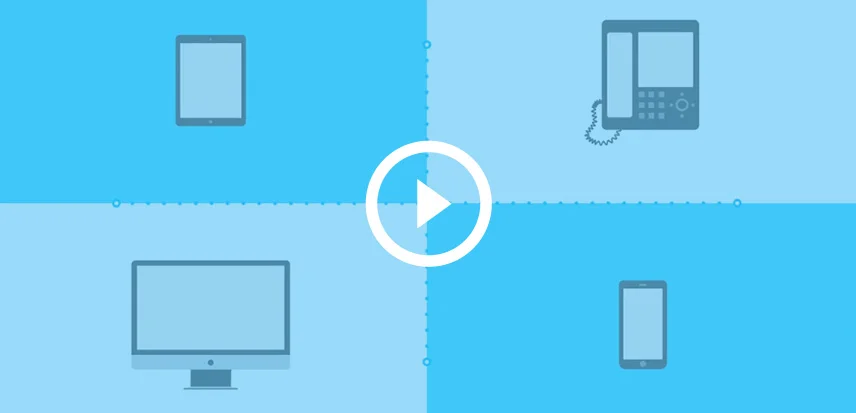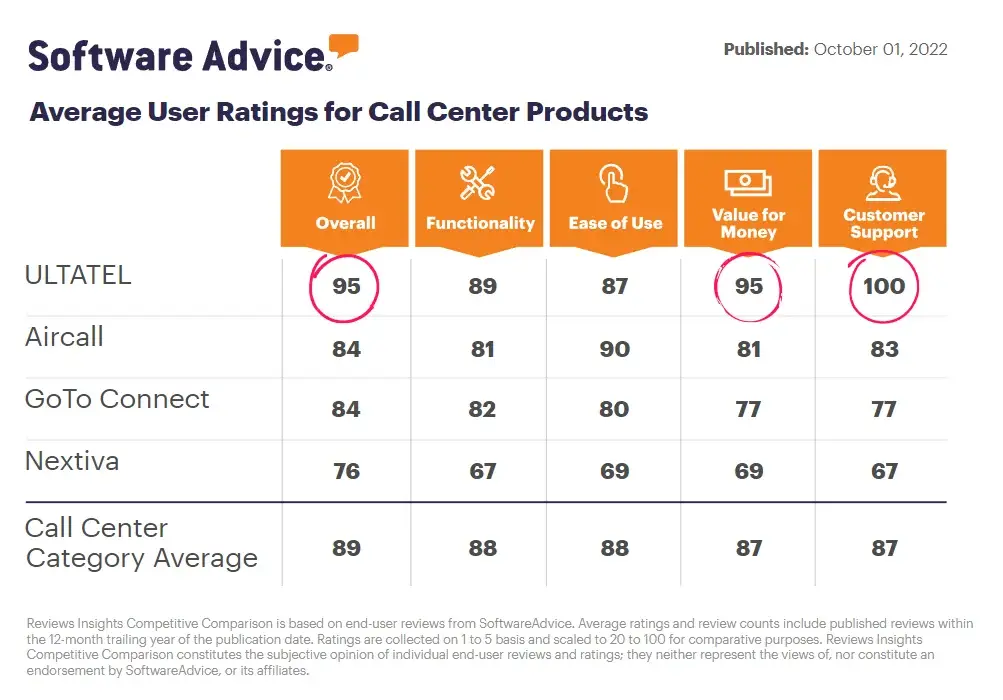Toll-Free Numbers by Ultatel
Your connection to a limitless future, one toll-free number at a time.
Empower Your Business with Ultatel's Toll-Free Numbers


In today's competitive business world, being accessible is crucial.
Ultatel’s Toll-Free Numbers offer nationwide coverage and convey a strong message to clients and prospects that you are always available to connect, support, and engage.
Trusted by more than 50,000 users who value the power of connection.






Why Choose Toll-Free Numbers by Ultatel?

Boundless Reach
Grant your customers, wherever they are, the ability to reach out to you without the barrier of costs.

Professional Image
A toll-free number exudes professionalism, showing your customers that you’re established and reliable.

Uninterrupted Connectivity
With Ultatel, you’re guaranteed top-notch service quality ensuring every call connects seamlessly.
Connecting Beyond Geographic Limits
Ultatel’s Toll-Free Numbers aren’t just about eliminating call costs for your customers; it’s about showing them that you value their communication, irrespective of the miles that might separate you.
Feature Spotlight
Toll-free Number
Telephone numbers that allows callers to reach businesses without being charged for the call regardless of call origin.
Toll-free per minute/overage
Toll-free calls may have per minute charges and overage fees for any additional usage beyond a set limit.
Voicemail-to-Email Notifications
Convert voicemail messages to text and/or audio and sent directly to a user’s email.
An Award-Winning
Unified Communications Platform
Trusted by leading organizations in every industry.
Step into a Limitless Future with Ultatel
Be it customer service inquiries, sales calls, or general information requests, make sure your customers always have a clear and cost-free path to you.
What our customers are saying
Their customer service is always quick to answer and solve the problem. I also appreciate their willingness to customize to fit our needs.
Melissa S.HR Manager
This has been a fantastic experience. I have tried other VOIP solutions, and there were issues that ended up being my problem. Not so with Ultatel.
Their customer service is unbelievable.... top notch!!!
Embrace the Power of Toll-Free Numbers with Ultatel
Expand your horizons, nurture stronger customer relationships, and establish an omnipresent business image. Ultatel - Crafting Boundless Communication Avenues for You. Get Your Toll-Free Number and Start Connecting Beyond Limits Today!
Frequently Asked Questions
What is a toll-free number?
A toll-free number is a telephone number that allows your customers to contact you without incurring any charge. It’s a valuable asset for businesses aiming to provide easy and cost-free communication channels for their clients. The cost of the call is borne by the business, making it an attractive option for customer-centric enterprises
How do toll-free numbers work?
Toll-free numbers operate on a routing system that directs the calls to a specific local number or VoIP service, based on the configuration set by the business. When a customer dials the toll-free number, the call is forwarded to the designated line, ensuring seamless communication without any cost to the caller.
How much does a toll-free number cost?
The cost of a toll-free number can vary based on the provider, usage, and the plan you choose. ULTATEL offers competitive pricing with a variety of plans to suit different business needs. We ensure you get value for your investment, with superior service quality and advanced communication features.
Can I choose a specific toll-free number?
Yes, with Ultatel, you have the flexibility to choose a custom toll-free number that resonates with your brand, subject to availability. A memorable and easy-to-recall toll-free number can be a powerful branding tool, enhancing your business’s professional image and credibility.
Can I transfer existing toll-free phone numbers?
Absolutely. Ultatel supports the porting of existing toll-free numbers. Our smooth transition process ensures there’s no disruption in your business communications during the transfer. Retain your existing toll-free number and enjoy the advanced features and superior service quality offered by Ultatel.










